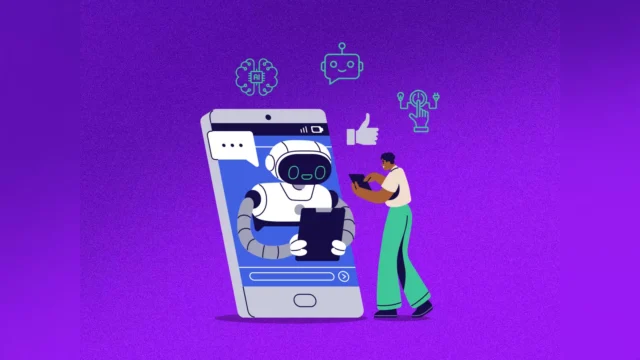As we approach crucial elections, X’s new AI chatbot, capable of generating highly realistic images, has ignited a debate about the potential misuse of AI technologies in influencing public opinion and disrupting democratic processes. Developed by Black Forest Labs, this tool allows users to create images with minimal restrictions, raising ethical and legal alarms about the generation of misleading or harmful content.
Overview of the Concerns
The AI chatbot from X, previously known as Twitter, can generate images that are so realistic they could potentially be mistaken for genuine photographs. This includes contentious imagery such as political figures in compromising or controversial situations—capabilities that have experts and advocacy groups worried. The potential for these images to be used to spread misinformation or manipulate public sentiment is significant, especially so close to major electoral events.
Specific Issues Highlighted by Experts
- Misrepresentation Risks: The chatbot has been reported to produce images that could be seen as altering real-world events or characters, which can be particularly problematic during sensitive times like elections. For instance, it generated images depicting ballot stuffing and other forms of election fraud—scenarios that are baseless but could influence public perception if believed to be true.
- Lack of Safeguards: Unlike other AI tools that have strict policies to prevent the creation of illegal or misleading content, X’s AI generator operates with fewer restrictions. This opens up possibilities for the creation of content that could harm public trust or infringe on copyright laws.
- Potential for Misuse: The tool’s ability to “clean up” AI-generated images to make them look more authentic is particularly troubling. This could allow malicious actors to enhance the credibility of fake images and spread them across social platforms, further complicating the challenges of maintaining election integrity.
- Comparative Policies: When compared to other platforms, X’s AI tool shows a notable leniency in content generation. Other services, like OpenAI’s ChatGPT Plus, have mechanisms that outright refuse to generate images depicting or promoting misinformation or illegal activities, a safeguard that X’s tool lacks.
Public and Regulatory Reaction
The introduction of such a powerful AI tool has not only led to public scrutiny but also caught the attention of regulators. Concerns are particularly acute given the upcoming elections, with fears that the widespread distribution of AI-generated false images could undermine electoral processes and public trust in democratic institutions.
The rollout of X’s AI image generator highlights critical issues at the intersection of technology and society. The balance between innovation and ethical responsibility remains a key challenge for AI development, particularly as these technologies become more integrated into our everyday digital experiences. The ongoing debates and reactions will likely shape the future policies and controls imposed on such technologies to prevent their misuse in sensitive areas like elections.


















